Clarity,
Office 17622,
PO Box 6945,
London.
W1A 6US
United Kingdom
Phone/ Voicemail:
+44 (0)20 3287 3053 (UK)
+1 (561) 459-4758 (US).

So, we have from the calculations 10 hexagrams that will be included in the construction of this tool:
- main hexagram= hex63
- derived hexagram= hex48
- main opposite hexagram= hex64
- Opposite derived hexagram= hex21
- XOR=yang pattern= lines that change= hex19=(hex24 + hex7)
- XNOR=yin pattern=lines that do not change= hex33=(hex39 + hex35)
- hexagram corresponding to the lines --o--= hex24
- hexagram corresponding to the lines --x--= hex7
- hexagram corresponding to the lines -----= hex39
- hexagram corresponding to the lines -- --= hex35
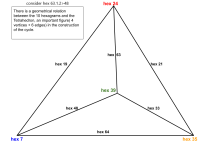
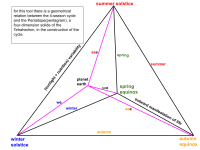
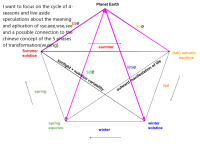
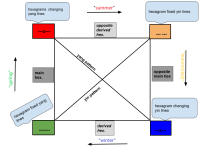
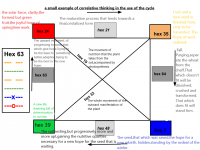
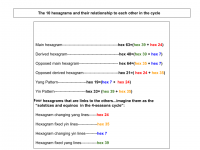
continuing from topic Hexagram as a Cycle(1)
I am glad you will be answering some of the questions that have been raised here. I hope you can answer a few of mine as well - and add them to your list of feedback to be addressed:I will come back to this topic later to write about your feedback.
I will be glad to answer your questions after I expose the tool and also with practical examples that can be put by you.
That's what I was hoping for, and I can wait.When I finish topic 3 I will be happy to answer you.
I think in terms of images ....
Clarity,
Office 17622,
PO Box 6945,
London.
W1A 6US
United Kingdom
Phone/ Voicemail:
+44 (0)20 3287 3053 (UK)
+1 (561) 459-4758 (US).